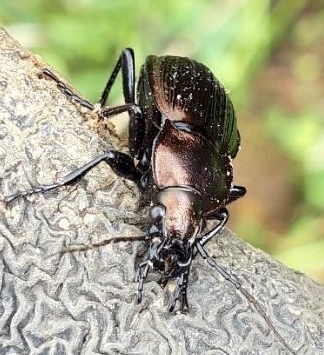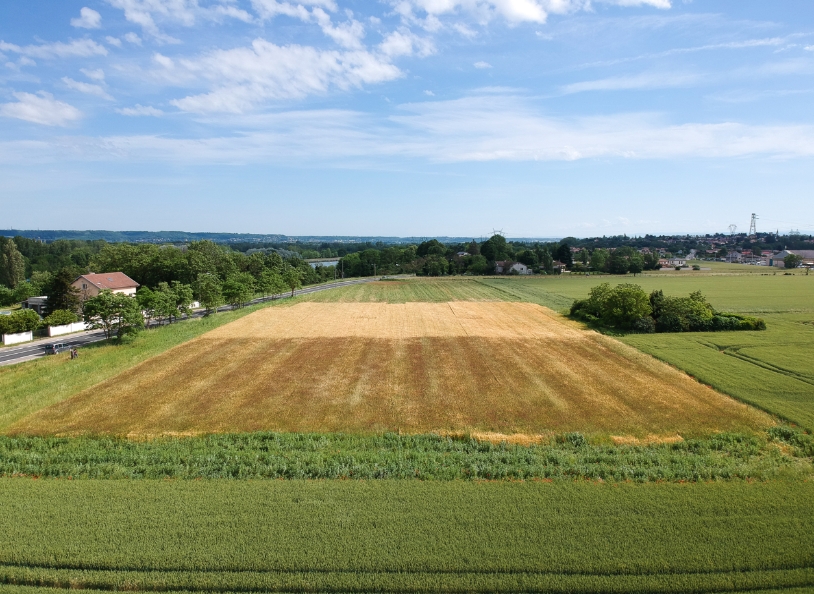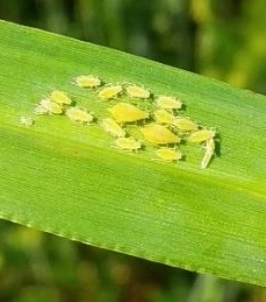Stacking of ecosystem services: mechanisms and interactions for optimal crop protection, pollination enhancement and productivity
Agronomic practices for in-crop generation of ecosystem services
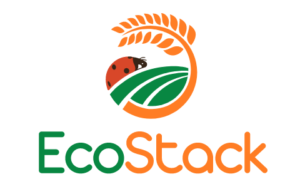

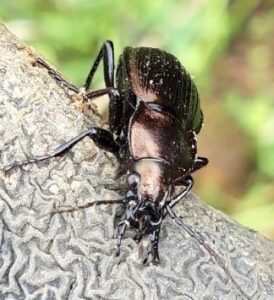
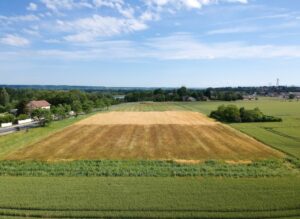
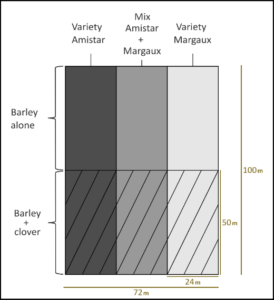
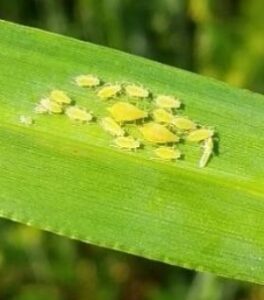
EcoStack aimed at developing ecologically, economically and socially sustainable crop production strategies via stacking of biodiversity service providers and bio-inspired tools for crop protection, within and around agricultural fields, in order to enhance sustainability of food production systems across Europe.
A part of the project consisted of investigating the combination of different agroecological practices within crop fields and the impact on pest regulation and support to natural enemies’ populations. Several partners in different countries tested the combination of cereal crop and legume cover crop and its impact on aphid pests and its natural enemies. In France experiments were conducted on the association of winter barley (cultivated in mixture) with a clover cover crop to assess the potential of these practices to protect barley against aphids, important vectors of the yellow dwarf virus.
Our experimental approach
We conducted field trials on organic commercial farms in the Auvergne Rhône Alpes area over 2 growing seasons (2019/2020 – 2021/2021). On 10 plots, 2 varieties of winter malting barley were cultivated alone or in mixture and associated with a cover of three clovers (red clover, Alexandria clover and white clover).
The transition of farming practices towards more sustainable agroecological practices is a key challenge for agriculture today. To achieve this, we need to propose to farmers relevant practices and therefore to closely collaborate with them to design and propose technically and economically realistic solutions that they can test and use in their cropping systems.
Key results
In autumn, the presence of aphids wasn’t affected by the association of barley with clover. This result could be due to an insufficient development of the clover cover (low biomass) to disturb aphids in the location of host plants. Similarly, the use of a mixture of cereal varieties did not reduce the infestation by aphids in autumn.
In spring, three main species of cereal aphids were observed. The mixture of cereal varieties showed an intermediate sensitivity between that of the least and most sensitive varieties and, combining barley with clover reduced populations M. dirhodum and R. padi, but increased those of S. avenae. The presence of clover also increased natural enemies of aphids, but this effect varied depending on climatic conditions and clover development.
The association of barley with clover led to a slight drop in crop yields (16%). However, at the cropping system scale it reduced weed biomass by around 50% and provided nitrogen to the following crop, potentially offsetting the yield loss with economic savings on inputs such as fertilizers, pesticides, working time, and fossil energy linked to reduced weeding operations.
CLAS Project team
Aurélie Ferrer, Sarah Grauby, Anthony Roume, Vincent Tolon, Alexander Wezel (Agroecology and Environment research unit).
Research partners
- Universitat de Barcelona, Spain
- Rothamsted Research, Harpenden, Hertfordshire, UK
- Swedish University of Agricultural Science, Sweden
- University of Banja Luka, Faculty of Agriculture, Bosnia and Herzegovina
- University of Kassel, Germany
- Natural Resources Institute, LUKE, Finland
- Kompetenzzentrum Ökolandbau Niedersachsen GmbH (KÖN), Germany
Publications
Grauby, S., Ferrer, A., Tolon, V., Roume, A., Wezel, A., Jacquot, E. (2022). Can mixed intercropping protect cereals from aphid-borne viruses? An experimental approach. Insects 13, 521. https://doi.org/10.3390/insects13060521
Grauby, S. Diversification végétale intra-parcellaire et régulation biologique des pucerons des céréales, vecteurs du virus de la jaunisse nanisante de l’orge. Agronomie. AgroParisTech, 2023. Français.
For additional resources please consult: https://ecostack-h2020.eu/knowledge-bank-details/?id=7#intercropping

